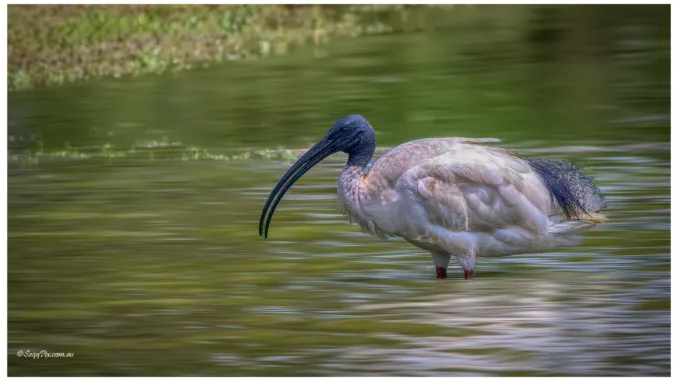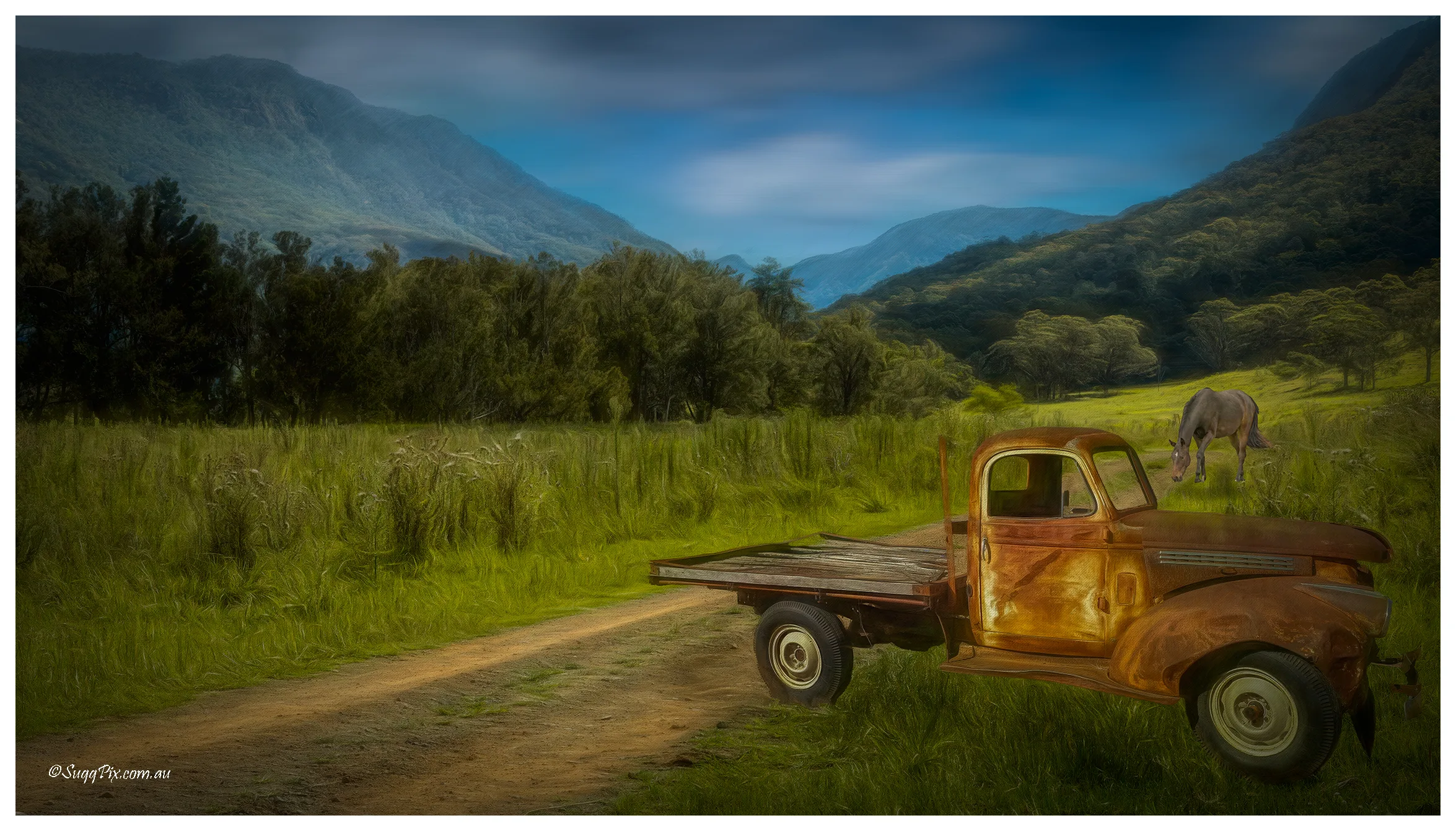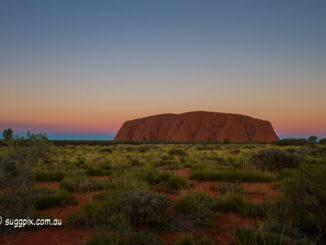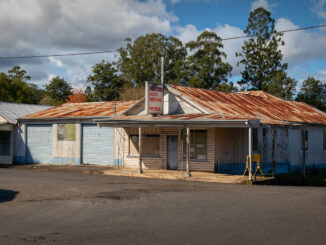
Adding bokeh effects to photos can enhance their visual appeal by creating a dreamy and ethereal atmosphere. Bokeh refers to the out-of-focus areas in an image, usually appearing as soft, blurred background lights or shapes. Here’s how and why you might want to add bokeh effects to your photos:
How to Add Bokeh Effects:
1. Wide Aperture: Use a camera or lens with a wide aperture (small f-stop number) to achieve a shallow depth of field. This allows for a smaller area of focus and a greater blur in the background.
2. Distance: Increase the distance between the subject and the background to accentuate the bokeh effect. The farther the background is from the subject, the more pronounced the bokeh will be.
3. Bokeh Shapes: Use a lens with a customizable aperture shape or attach a shaped bokeh filter to create bokeh with specific shapes, such as hearts, stars, or circles.
4. Foreground Elements: Introduce foreground elements, such as leaves or branches, to partially obscure the subject. This adds depth to the image and enhances the bokeh effect in the background.
5. Post-processing: If your photo doesn’t have sufficient bokeh, you can enhance it during post-processing using software like Adobe Photoshop or Lightroom. Apply blurring techniques selectively to the background while keeping the subject sharp.
Why Add Bokeh Effects:
1. Aesthetic Appeal: Bokeh effects can add a visually pleasing and artistic touch to your photos, creating a sense of depth and dimension.
2. Subject Isolation: By blurring the background, bokeh helps to isolate the subject, making it stand out and draw attention.
3. Emphasis: Bokeh can direct the viewer’s gaze towards the main subject by reducing distractions in the background. This can be especially effective for portrait photography.
4. Atmosphere and Mood: Bokeh can enhance the overall mood and atmosphere of an image, adding a romantic or magical feel.
5. Concealing Distractions: If the background of your photo is cluttered or distracting, bokeh can blur and soften those elements, allowing the subject to take center stage.
Remember, bokeh works best in scenarios where there are bright lights or small, well-defined shapes in the background. Experiment with different techniques and settings to achieve the desired bokeh effect and create visually compelling photos.






Be the first to comment